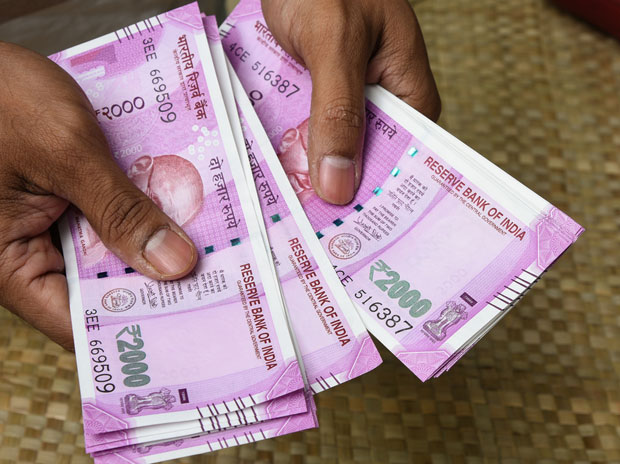[ad_1]
The RBI has asked citizens to deposit Rs 2,000 notes in their accounts or get them exchanged at banks from May 23 onwards. This exchange or deposit facility will be available until September 30.
RBI said that it expects a period of four months to be enough for citizens to get these notes exchanged from banks. “Most Rs 2,000 notes in circulation are expected to be returned to banks,” the central bank added.
The RBI cited the ‘Clean Note Policy’ as the reason behind the withdrawal of recently introduced Rs 2,000 notes.
“It has been observed that this denomination is not commonly used for transactions. Further, the stock of banknotes in other denominations continues to be adequate to meet the currency requirement of the public,” RBI said.
When was the Rs 2,000 note introduced?
This new denomination note was introduced due to the currency requirement of the economy, under the RBI Act.
The end of the Rs 2,000 note
“The objective of introducing Rs 2,000 banknotes was met once banknotes in other denominations became available in adequate quantities. Therefore, the printing of Rs 2000 banknotes was stopped in 2018-19,” the RBI said.
The central bank said that about 89 per cent of Rs 2,000 banknotes were issued before March 2017, and are now at the end of their estimated life span of 4-5 years.
According to the notification, this is a routine exercise of the RBI and people need not panic.
The central bank has imposed a limit of Rs 20,000 at a time on the exchange of the Rs 2,000 notes. However, the RBI said the deposits can be made without restrictions.
The non-account holders can also exchange their notes at any bank branch.
[ad_2]
Source link



